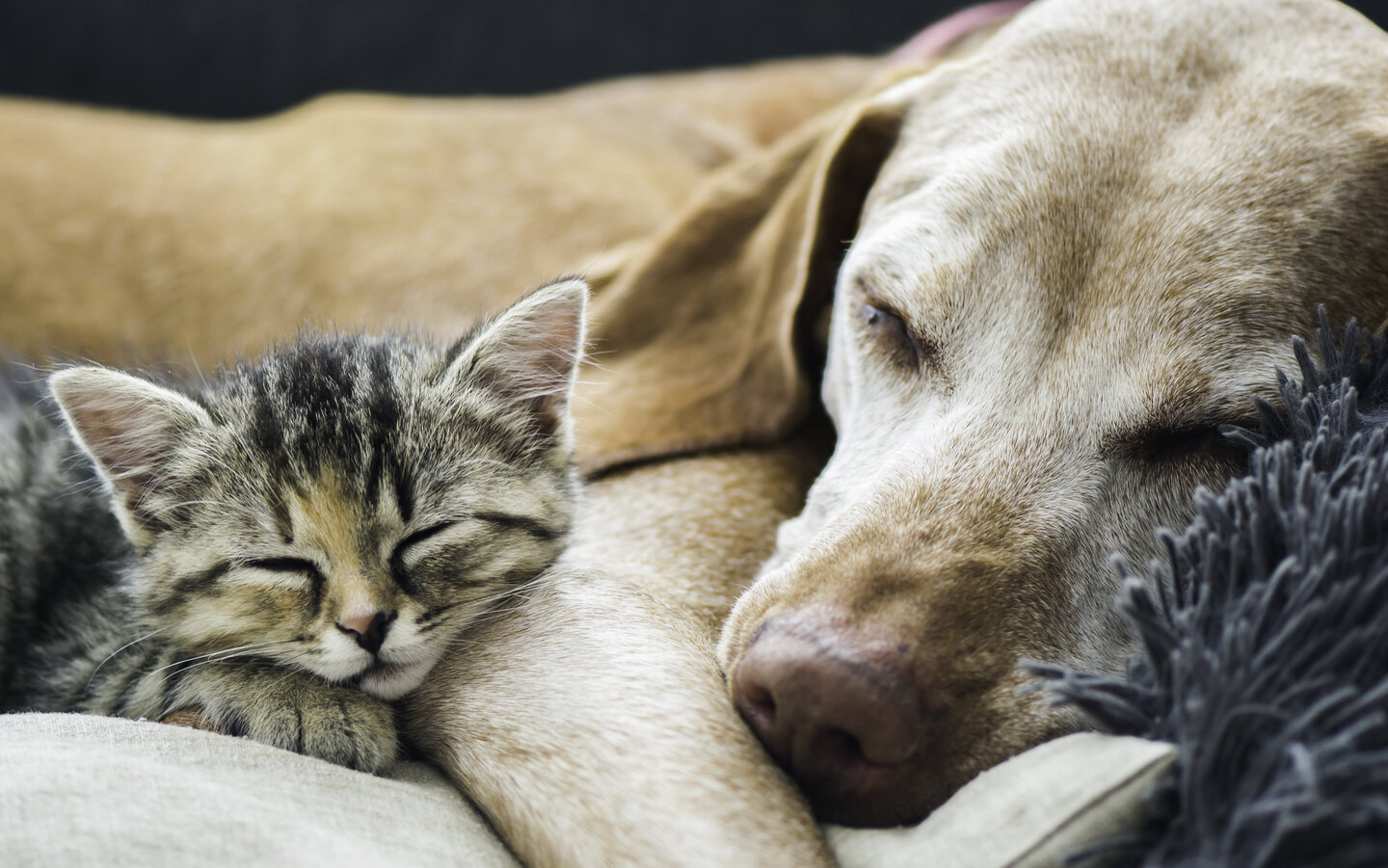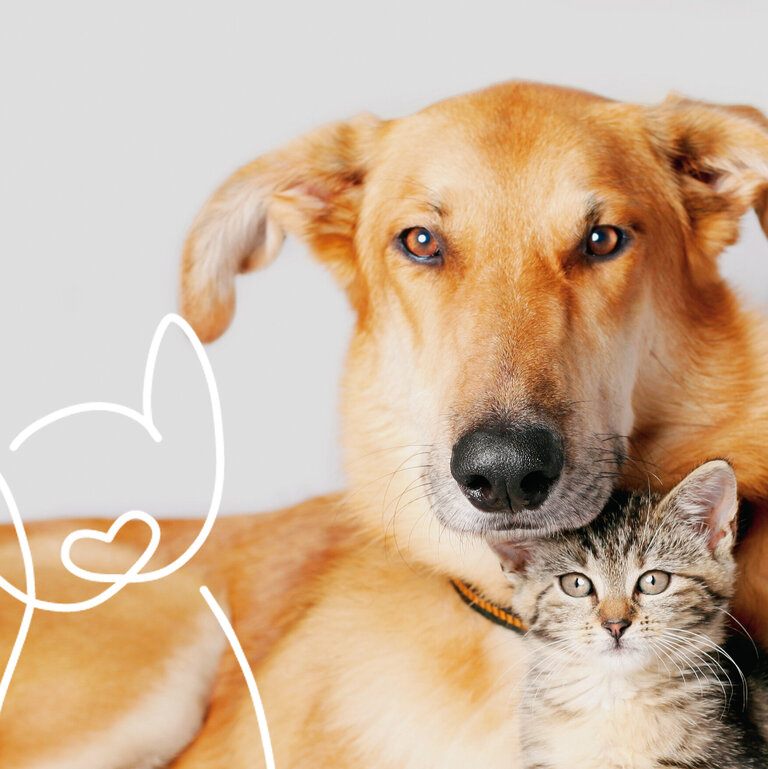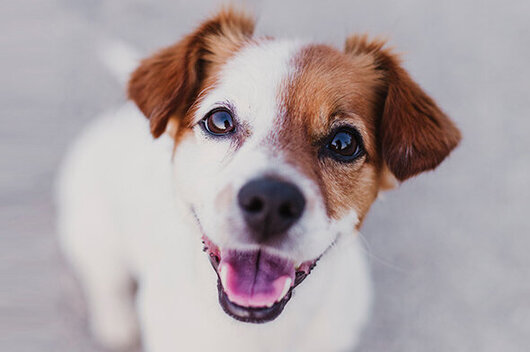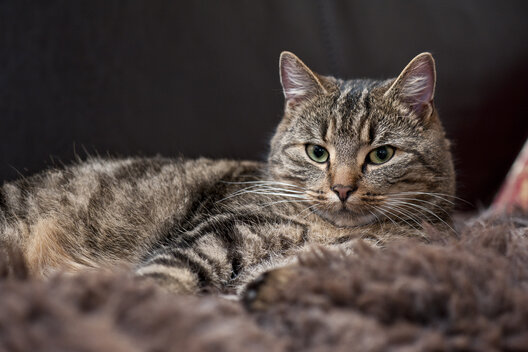Trespassing on other people's property by cats
According to established case law, a property owner must tolerate his neighbor's cat entering his garden. This obligation to tolerate arises from the so-called neighborly community relationship, which obliges property neighbors to show mutual consideration. At least in areas with a suburban character, for example in terraced housing estates, it is undisputed that the neighbor of a cat owner must tolerate the fact that the animal is not only kept in the home, but is also allowed outside and also enters his property (Augsburg Regional Court, case reference: 4 S 2099/84).
In principle, however, the neighbor only has to tolerate a maximum of two cats entering his property (Landgericht Lüneburg, file number: 4 S 48/04). The extent to which the number of cats can be increased in this context depends on the individual case. However, the obligation to tolerate cats ends when the neighbor can no longer be reasonably expected to tolerate them. This is the case, for example, if the cat no longer just enters the property, but also defecates in the neighbor's garden, rummages through garden beds or catches goldfish from the pond. The neighbor no longer has to put up with all of this.
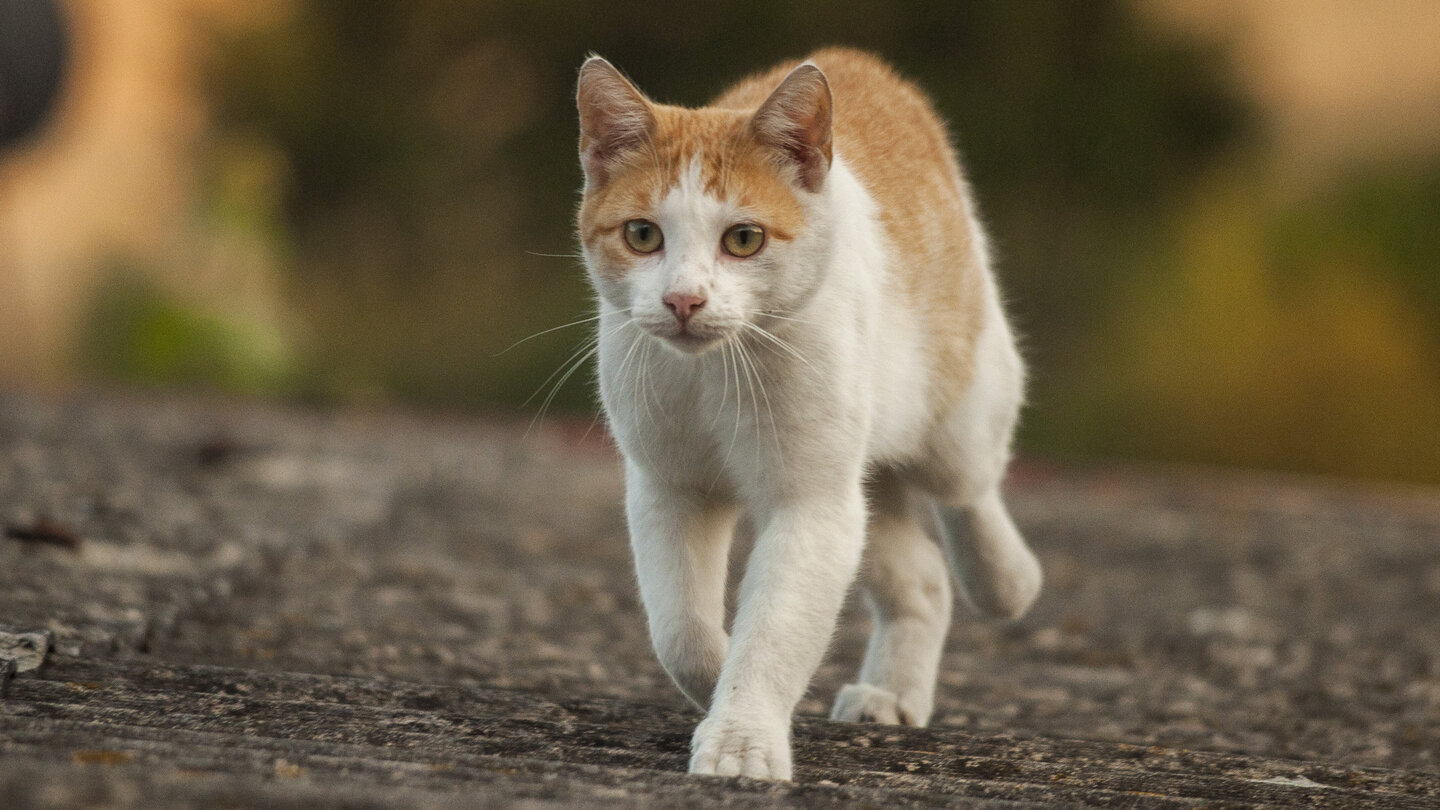
Noise pollution due to animal husbandry
Pets must be kept in such a way that they do not significantly disturb the neighborhood. This principle is derived from both the provisions of regulatory law and those of civil law. In almost all municipalities, there are corresponding legal ordinances according to which pet owners are obliged to keep their pets in such a way that no unnecessary disturbance is caused to the general public or the neighborhood through noise or odors.
Anyone who feels disturbed by animal noise can also demand that the owner of the animal removes this disturbance in accordance with Section 1004 (1) of the German Civil Code (BGB). However, this claim is excluded if the neighbor is obliged to tolerate the noise. Section 906 BGB regulates when this is the case. According to this, the owner of the property cannot prohibit the noise nuisance if the barking of the dog does not impair the use of his property or only insignificantly. An insignificant impairment is deemed to exist if the barking of dogs or other animal noise is customary in the specific residential area and cannot be prevented by the owner of the animal with economically reasonable measures.
There are a number of rulings on noise immissions caused by animal noise for a wide variety of animal species. In addition to the usual disputes between neighbors due to dogs barking, there are also frequent disputes due to parrots squawking, frogs croaking or roosters crowing. The Hamm Higher Regional Court (case reference: 22 U 265/87) issued a landmark decision on this back in 1987. At that time, the court ruled that dog barking must not be audible for more than a total of 30 minutes a day, for no longer than ten minutes without interruption and outside the time periods from eight o'clock to one o'clock and from three o'clock to seven o'clock. The courts continue to rule according to this principle to this day.
Cat scratches on car paint
There are always disputes between car owners and cat owners about the scratch marks that cats leave on car paintwork. It is undisputed that heated hoods and car roofs are popular places for cats to hang out. The parties involved are primarily disputing claims for damages due to paint damage allegedly caused by cats or claims for injunctive relief to the effect that the animals are no longer allowed to enter the car in question.
In both cases, the owner of the car has to prove that it was the neighbor's cat that allegedly caused the damage to his car. In a case decided by the district court of Celle in 1998 (case reference: 16 C 187/97), the car owner suing for damages was unable to prove that the scratches on his car were caused by the cat of the defendant neighbor. The expert appointed by the court considered it unlikely that cats could cause significant scratches simply by stepping on a hood. It was not plausible for cats to walk on the smooth surface of a vehicle with their claws extended, as adhesion could occur between the soft pads and the smooth paintwork, which would be lost again due to extended claws.
In a case decided by the Regional Court of Lüneburg in 2000 (case reference: 1 S 198/99), the car owner succeeded in proving on the basis of witness statements that it was the neighbor's two cats that repeatedly entered his convertible and left traces of sand and cat hair there, including inside the car. The court upheld the claim for injunctive relief and ordered the cat owner to ensure that his animals no longer entered the neighbor's car. The court denied the neighbor's obligation to tolerate this because the soiling left behind by the cats went beyond what was reasonable.

